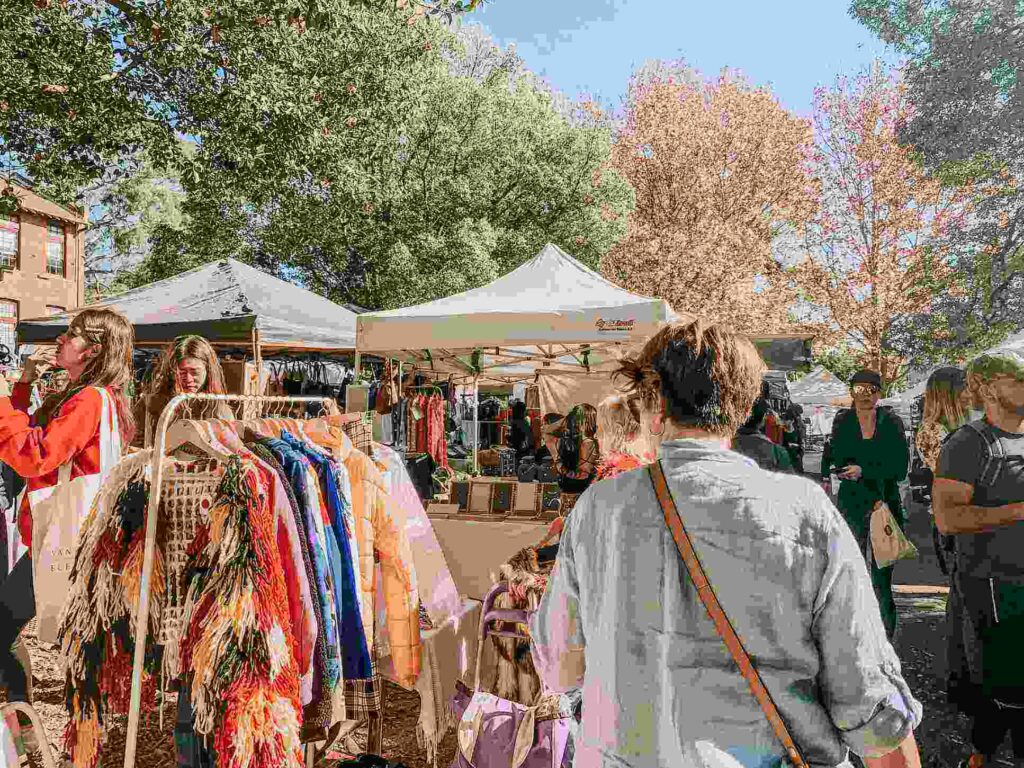Traditional strategies for building brand awareness have adapted to meet the demands of modern consumers. One popular method is the pop-up shop, a temporary physical store. These stores allow brands to showcase products, engage with customers, and create a memorable brand experience.
5WPR Insights
What is a pop-up shop?
A pop-up is a temporary event that showcases products, services, or experiences. It can be a product launch, art exhibition, workshop, or interactive demonstration. The aim is to engage attendees and create a memorable experience that aligns with the brand’s identity. Below are some of the ways that a pop-up shop can drive brand awareness.
Novelty and exclusivity
Pop-up shops provide a unique and exclusive experience due to their temporary and limited duration. This increases brand visibility and creates a sense of urgency, as consumers are more inclined to visit for something special and time-sensitive.
Brand immersion and experience
Pop-up shops also provide an opportunity for brands to create immersive and experiential environments. Brands can design the space to reflect their identity and values, allowing customers to connect with the brand on a deeper level and leave a lasting impression.
Location flexibility
Pop-ups can be set up in different locations, like busy shopping streets or event venues. They can even be inside other retail stores. This flexibility enables brands to target specific customer demographics and reach a wider audience.
Social media amplification
Pop-up shops are inherently shareable on social media platforms. Customers often share their pop-up shop experiences through photos and videos, generating organic word-of-mouth marketing and extending the brand’s reach to their social networks.
Collaborations and partnerships
Brands can collaborate with influencers, artists, or other businesses to enhance the pop-up shop experience. These partnerships can attract a wider audience and create a buzz around the brand.
Defining the objectives
Start by setting clear objectives for the pop-up shop. Determine what the company wants to achieve, whether it’s driving brand awareness, launching a new product, or testing a new market.
Selecting the right location
Choose a location that aligns with the target audience and brand image. High-traffic areas with the company’s ideal customer demographics are ideal for maximizing footfall.
Designing the space
Create a visually appealing and on-brand pop-up shop layout. Consider the customer journey, product displays, and interactive elements that will engage visitors.
Generating buzz
Use social media, email marketing, and PR to create buzz around the pop-up shop. Tease the event, announce collaborations, and offer exclusive incentives to attract attendees.
Creating an engaging experience
Focus on creating an immersive and memorable brand experience for visitors. Incorporate interactive elements, product demonstrations, and exclusive offers to entice customers.
Training staff
Ensure that the staff is well-trained to represent the brand and deliver exceptional customer service. A knowledgeable and friendly staff can enhance the overall experience for visitors.
Measuring and analyzing
Track key performance indicators (KPIs) during the pop-up shop, such as foot traffic, sales conversions, social media engagement, and customer feedback. Analyzing the data will provide valuable insights for future pop-up events.
Following up
Continue engaging with attendees after the pop-up shop. Collect customer data for future marketing efforts and offer incentives for returning customers.
Discover more articles from Ronn Torossian:
Ronn Torossian on Pinterest
Ronn Torossian on The Jerusalem Post
Ronn Torossian on Website Magazine
Ronn Torossian on O’Dwyer’s
